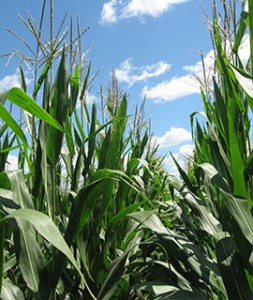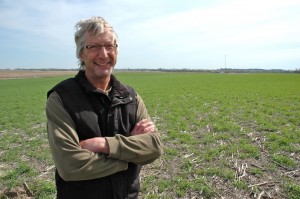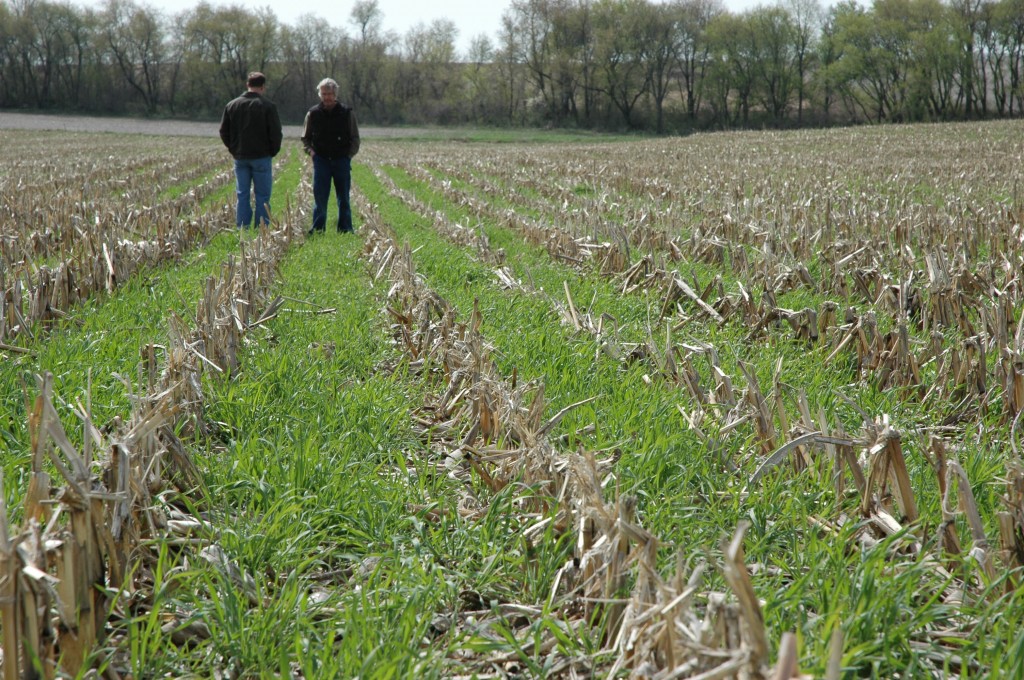 Researchers with the Climate and Corn-based Cropping Systems Coordinated Agricultural Project (commonly known as the Sustainable Corn Project) have documented 130 findings, some of which will be explored during a Feb. 11 webinar, open to the public through Iowa State University
Researchers with the Climate and Corn-based Cropping Systems Coordinated Agricultural Project (commonly known as the Sustainable Corn Project) have documented 130 findings, some of which will be explored during a Feb. 11 webinar, open to the public through Iowa State University
The five-year USDA-National Institute of Food and Agriculture research project is nearing completion, led by Lois Wright Morton, a professor of sociology at Iowa State University. In 2011, Morton convened 140 researchers from 10 land-grant universities in the Corn Belt and USDA Agricultural Research Service, to begin a study of farmers’ perceptions and farm management practices.
The practices had the potential to provide resilience in times of drought, reduce soil and nutrient losses under saturated soil conditions, decrease field nitrogen losses, retain carbon in the soil and ensure crop and soil productivity. The researchers collected measurements at 35 field sites with diverse landscapes and soils, and from surveys of thousands of Midwestern farmers, entering all the data into one database for the team’s use. Continue reading


